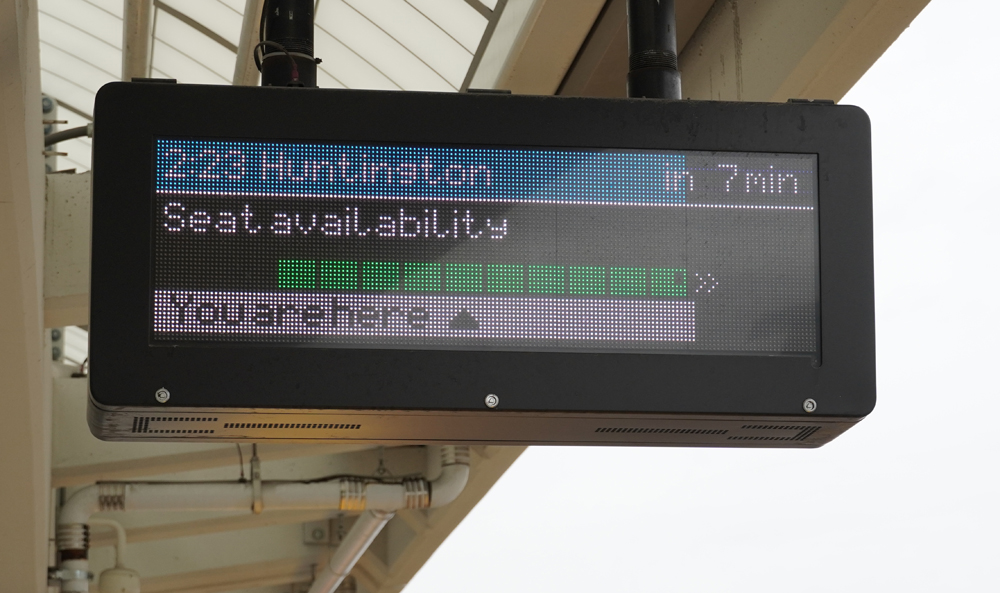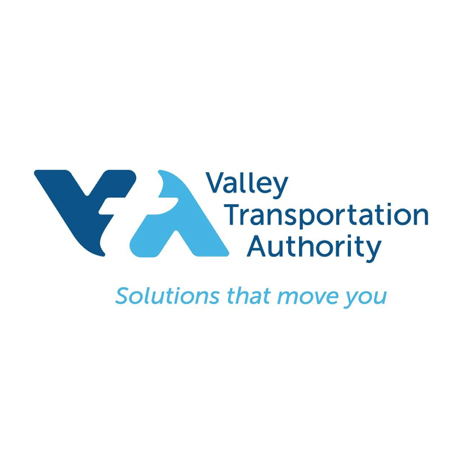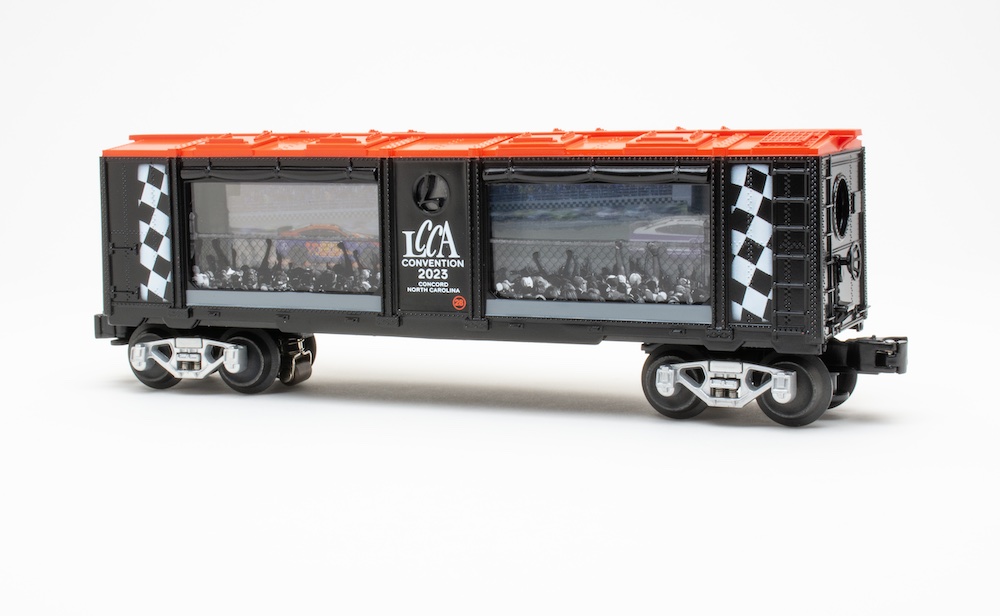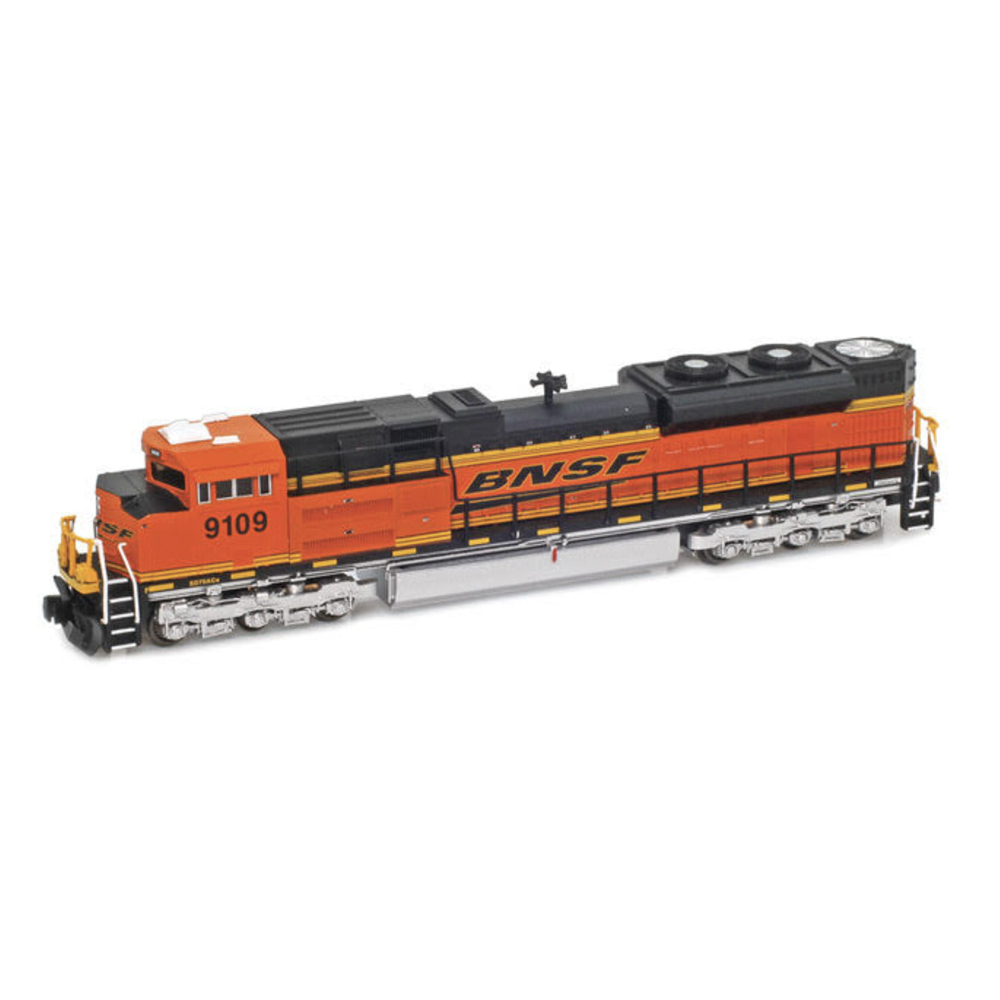
NEW YORK — The Long Island Rail Road has posted new timetables effective March 29, as well as improved technology to help riders know about seat availability on trains.
The timetables announced Wednesday restore the weekday levels of service that had been in place Jan. 25 through March 5. The railroad reduced weekday service as of March 8, leading to complaints of overcrowding and concerns about resulting health risks; within two days, the railroad said it would return to the prior service levels. The new timetables are available here.
Along with the schedules, LIRR President Phil Eng announced three new features to help passengers find less-crowded cars, as well as one addressing accessibility issues. The new features include:
— Digital signs on platforms that will show a diagram of approaching trains listing seating capacity in each car, as well as the observer’s relative location within the train. At 20 stations with color screens, the information is color-coded; at others, it is displayed graphically.
— Audio announcements at stations that will also offer seating information; for example, “The 7:15 train to Penn Station will arrive on Track 1. There are more seats toward the rear [or middle, or front[ of the train.
— More detailed information on the LIRR Train Tiime app, which will show the number of passengers on each car, refreshed every 15 seconds.
— The Train Time app will also now help users find elevators, escalators, and ramps at both origin and destination stations. It also features enhanced screen reader support for blind or low-vision users.
“As our customers come back to the system, we are providing them as much information about their ride as possible, including more tools to find space on a train,” Eng said in a press release. “Whether they are making use of signs, announcements or phones, customers now have access to a level of clarity that previous generations of riders could hardly have imagined.”













